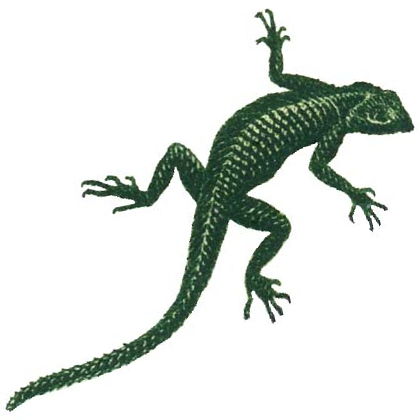Welcome!
If you want to take part in the discussions, sign in or apply for membership!
Overprint printing process
I was looking at the 1918 semi-postals and I am wondering how a pair of stamps can have one completely normal overprinted stamp and the one next to it can have an normal overprint and an inverted overprint. Does anyone know how the overprints were applied or can anyone explain how the overprinting process worked for these stamps?
Thanks,
Travis


Comments
Anyway, Perkins Bacon must have had an excess of stamps to experiment with, and it looks like they experimented a lot - the work of apprentices? I believe most of these errors are actually printers waste that for some reason wasn't destroyed and came on the marked when the company went out of business (around 1935).
I must admit that I do not recall having seen such a pair. If you have a picture could you please post it here?